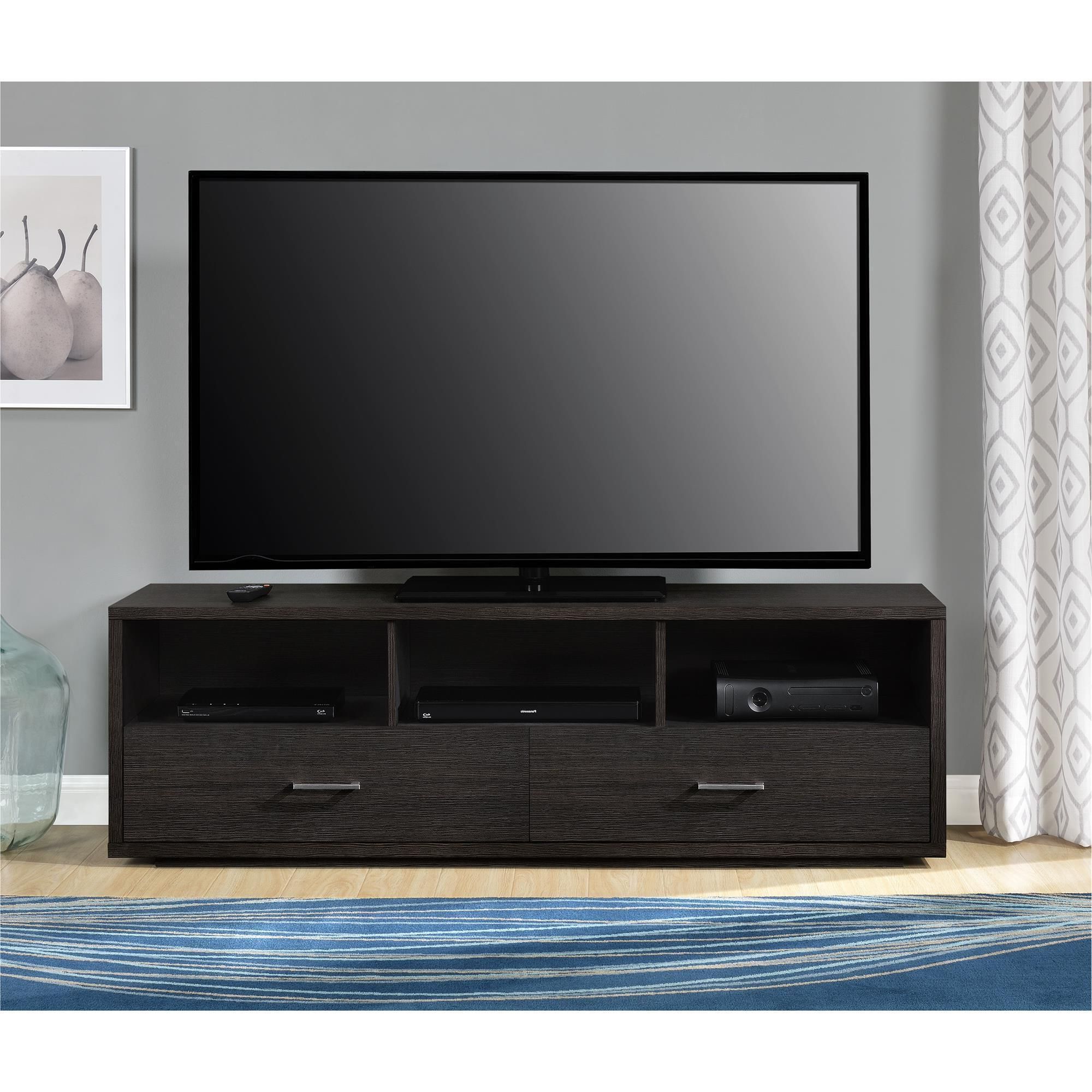

You can also get improvements in ergonomics, overall picture quality and even safety, all with relatively easy installation that you can do in an afternoon. If you've looked at the list of the best TV mounts above, you already know that the hardware needed to hang a TV on the wall can be extremely affordable – even less than a new TV stand would be, if your current furniture isn't big enough to support that big screen TV you've been eyeing.īut affordability isn't the only benefit to mounting your TV.
#70 inch tv stands with mount how to
Check out How to mount a TV to the wall in 8 easy steps for our hassle-free advice. Once you've bought a mount for your TV, you might need some help hanging it on the wall. The best TV mounts allow you to adjust the level further after installation, to correct for any slight variations. When installing you want the mount to be level some mounts come with a level, though one you get at a hardware store may be more accurate. Find out how far apart your studs are and get a TV mount that can accommodate that distance. It should be attached to the studs in the wall (or concrete) to make sure it is secure.

Articulated TV mounts give you a lot of flexibility, with arms that both extend and swivel, allowing you to position the TV for the best viewing angle.įinally, you need to consider where on the wall you are placing the TV mount. Tilting TV mounts can be great for angling a TV for better viewing.

This can make it challenging to get to ports unless the TV mount has a way to release the TV from the mount for access. Fixed mounts tend to have the lowest profile, meaning the TV will be closest to the wall. With several styles of TV mounts to choose from, your next choice is whether you want one that’s fixed (no movement) tilts or uses an articulated arm (extends and can swivel). VESA patterns differ based on the TV size itself, but generally are listed as 200 x 200 millimeters, 400 x 400 millimeters and so on. Most TVs these days are VESA compatible, meaning the mounting holes on the back of the TV are a standard distance from each other. Next, you’ll need to check that the TV mount you choose will attach to your TV properly. Picking the best TV mount starts with your TV: how big is it and how heavy is it? You want to make sure the TV mount will work with its size and be able to handle the weight. And 12.7 inches of extension may not be far enough, depending on your set up. Of course, this mount is designed for very specific screen sizes, so if you have something larger than 29 inches, this isn’t the mount for you. And it’s very affordable for the quality. You can move the mount around 90 degrees and tilt it 15 degrees to get a better viewing angle. The single-arm articulating design lets you extend out to 12.7 inches from the wall and retracts to just 2.6 inches. The Peerless AV Full-Motion TV Wall Mount ETA100 is perfect for screens ranging from 10 to 29 inches. If you’ve got a small TV or a computer monitor, you can mount that too, clearing valuable desktop space or just to keep it out of the way when you’re not using it.
#70 inch tv stands with mount full
Not sure which one is right for you? We've got a full guide further down the page to help you choose the best TV mount for you, in addition to a guide to how to mount a TV to the wall for when you've bought one.

These are incredibly pricey (usually in the realm of $2,000 to $4,000) but they can pan, tilt and rotate at the push of a button. There's full-motion mounts that have articulated arms to turn the TV left, right, up and down tilting mounts that allow the TV to be angled downwards if it's mounted above eye-level and fixed mounts that keep the TV in one position flat against the wall. Lastly, there are fully motorized mounts. Plus, they can keep your expensive OLED or QLED TV out of danger if you have young children or pets tearing around. Using one of the best TV mounts can also give your TV better viewing angles and increase viewing comfort. The primary reason why you'd buy one is so you can fit a large TV in a room that's lacking in floor space or to position the screen in a spot where everyone can see.


 0 kommentar(er)
0 kommentar(er)
